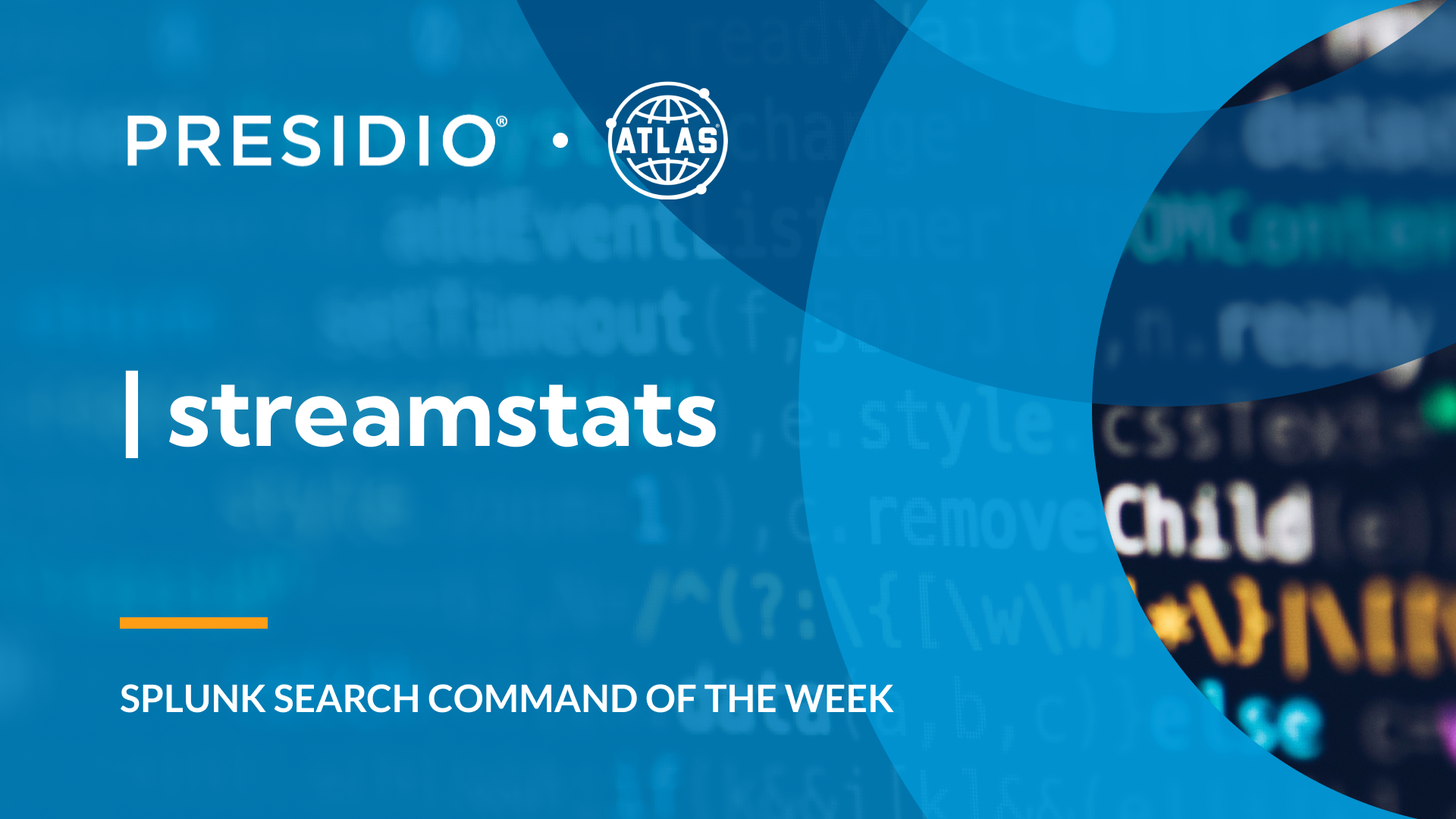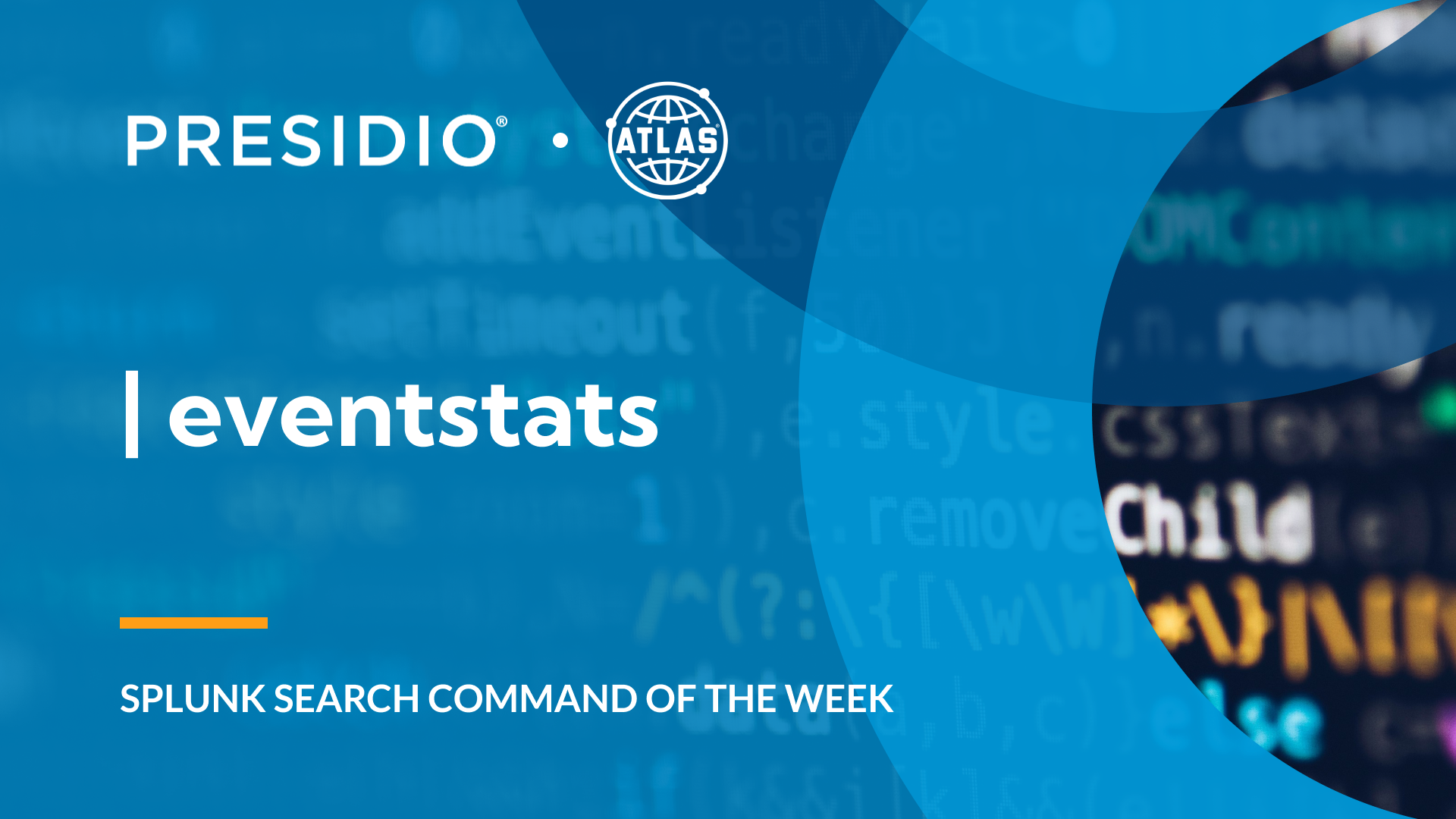Splunk’s Machine Learning Toolkit (MLTK) brings a new way to use the platform. It can transform raw machine data into proactive intelligence. The Machine Learning Toolkit serves as Splunk’s comprehensive solution for predictive analytics and advanced data science. It bridges the gap between traditional search commands and modern machine learning methodologies. Security teams, operations analysts, and data scientists can leverage these pre-built algorithms without extensive programming knowledge.
What is the Machine Learning Toolkit
The MLTK integrates seamlessly with Splunk’s existing infrastructure, providing over 30 machine learning algorithms out of the box. These algorithms range from clustering and classification to forecasting and outlier detection, allowing users to tackle diverse analytical challenges with minimal setup time. It supports both supervised and unsupervised learning approaches. This flexibility enables organizations to address various use cases across different departments and industries.
Key Benefits of Implementing MLTK
Enhance Predictive Capabilities
The MLTK can forecast future events using historical patterns. An IT team could use this to predict system failures before they occur. A security analyst can identify potential threats through modeling threat behaviors. A supply chain team can order new parts on a unique schedule matching their production efficiency. Predictive insights like these let teams respond proactively rather than reactively, preventing outages and reducing costs.
Streamlined Anomaly Detection
MLTK can identify outliers in large datasets, distinguishing normal variations versus true anomalies. SOCs will particularly find this beneficial, giving them extra insight when monitoring network traffic or user behavior. Conversely, the number of false positives will decrease as the model learns and the number of true positives increases.
Integration with Existing Workflows
MLTK integrates naturally with Splunk search commands, scheduled searches, and alerting. Users can combine traditional SPL commands with machine learning functions seamlessly. They can filter data using standard searches, then use applicable algorithms to the results. This means users can integrate the MLTK to help in their current Splunk Use cases, predicting when the next shipping order needs to be placed to prevent financial fraud. This flexibility maximizes the value of existing Splunk investments.
Core MLTK Algorithms and Applications
Forecasting Algorithms
Time series forecasting will predict future values based on historical trends. If we wanted to know when we would likely run out of disk space on a server, we could feed it historical data of that disk capacity. It can take those data points and chart out what the disk space will be like going forward. This includes considering the ebb and flow of data outliers and season variations.
Clustering Techniques
Clustering algorithms group similar data points together automatically, revealing hidden patterns in complex datasets. Using its own method of classification, it ensures consistency spanning time and data sources. This will also reduce the workload of a user who would otherwise have to build out these categorical data points and maintain them. Security teams use clustering to identify attack patterns or user behavior groups. Operations teams leverage clustering for system performance analysis and resource optimization.
Model Development
MLTK follows a systematic approach to model development. Users will identify relevant data sources and fields for analysis, then select appropriate algorithms based on their analytical objectives. The toolkit then trains models using historical data and validates their performance. When we evaluate our model, we will have tools like accuracy metrics and visualizations to help us understand its accuracy. We recommend comparing different algorithms to identify the best performer. Once satisfied with the results, models can be deployed for real-time analysis and predictions.
How to Get Started with MLTK
System Requirements and Dependencies
To install the Machine Learning Toolkit, you should ensure that your Search Heads meet the system requirements. If you have your Search Heads on-prem, it needs to be Splunk version 8.2.X or higher. If you use Splunk Cloud, then your instance will always be up to date with the latest version of Splunk. The MLTK is also dependent on the Python Scientific Computing App. Ensure you have this installed before installing the Machine Learning Toolkit.
How to Install and Setup
This can be installed like any other app in Splunk; however, you should only install the Machine Learning Toolkit app on Search Heads. We can download the app from Splunkbase and install it via the web GUI or the command line. Through the web GUI we can also go to Apps -> Manage Apps -> Browse More Apps and search for the app in the catalog. If you have a Search Head Cluster, ensure you use the Deployer and the command line to ensure integration into your cluster(s).
Getting Started with Models
The MLTK follows a routine approach to model development. Users should start by identifying relevant datasets and fields for learning and testing. Then, select the appropriate algorithm(s) based on your analytical objectives. After that, the model should be trained using historical data and validated performance. The MLTK provides ms with metrics and visualizations to help ensure the accuracy of the model. Try multiple algorithms to see which one works best.
Best Practices for MLTK Implementation
Data Preparation Guidelines
Model Selection
Choosing the right algorithm depends on data characteristics and analytical objectives. Different algorithms excel at different types of problems and datasets. MLTK provides guidance on algorithm selection based on use case requirements. Users should experiment with multiple approaches to identify optimal solutions.
Consistent Tuning
Conclusion
Our key takeaways include:
- Comprehensive Algorithm Library: MLTK provides over 30 algorithms covering diverse analytical needs. Users can address forecasting, classification, clustering, and anomaly detection challenges. These algorithms use your data to train itself, providing realistic results.
- Seamless Integration: The toolkit integrates perfectly with existing Splunk workflows. Users can implement MLTK functions into their other operations on the Splunk platform with no stress about compatibility. It not only preserves investments in current processes; it adds advanced capabilities to these processes, providing more ways to utilize your data.
- Scalable Enterprise Solution: MLTK supports all types of organizations effectively. As an organization changes in size, the toolkit can be trained to match organizational needs and data volumes while maintaining consistent performance standards. Any organization can make use of the MLTK, no matter what its size and scope are.
To access more Splunk searches, check out Atlas Search Library, which is part of the Atlas Platform. Specifically, Atlas Search Library offers a curated list of optimized searches. These searches empower Splunk users without requiring SPL knowledge. Furthermore, you can create, customize, and maintain your own search library. By doing so, you ensure your users get the most from using Splunk.






